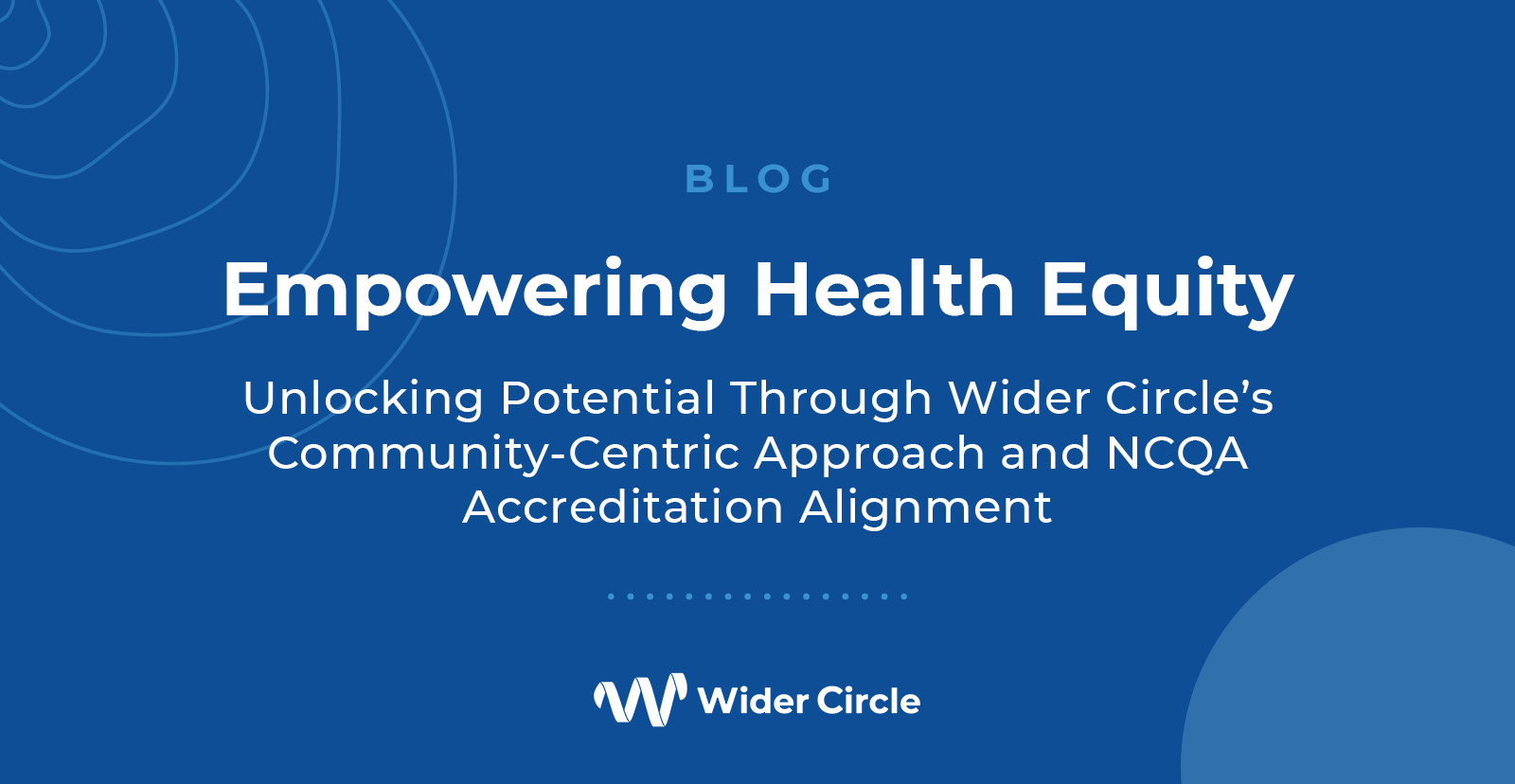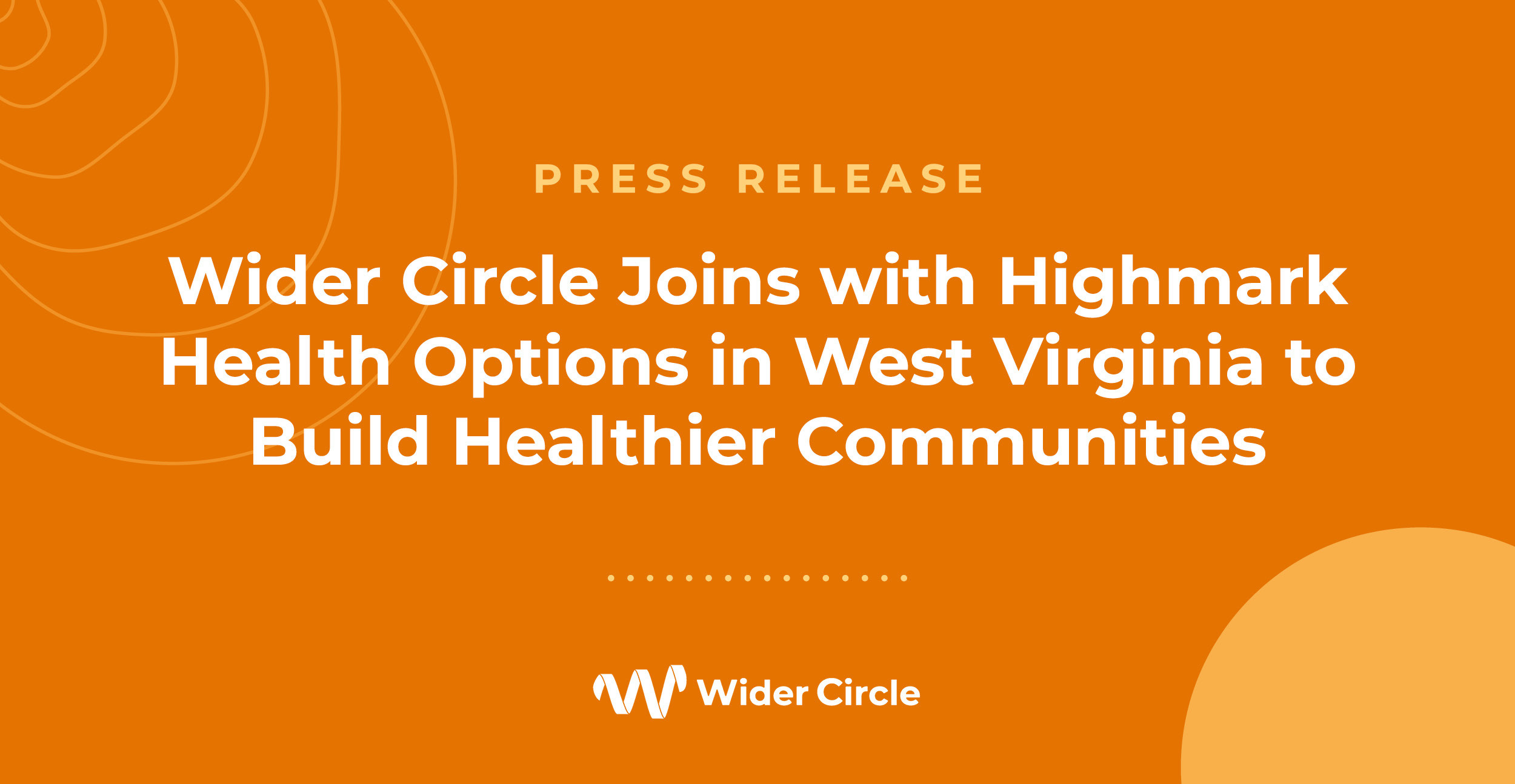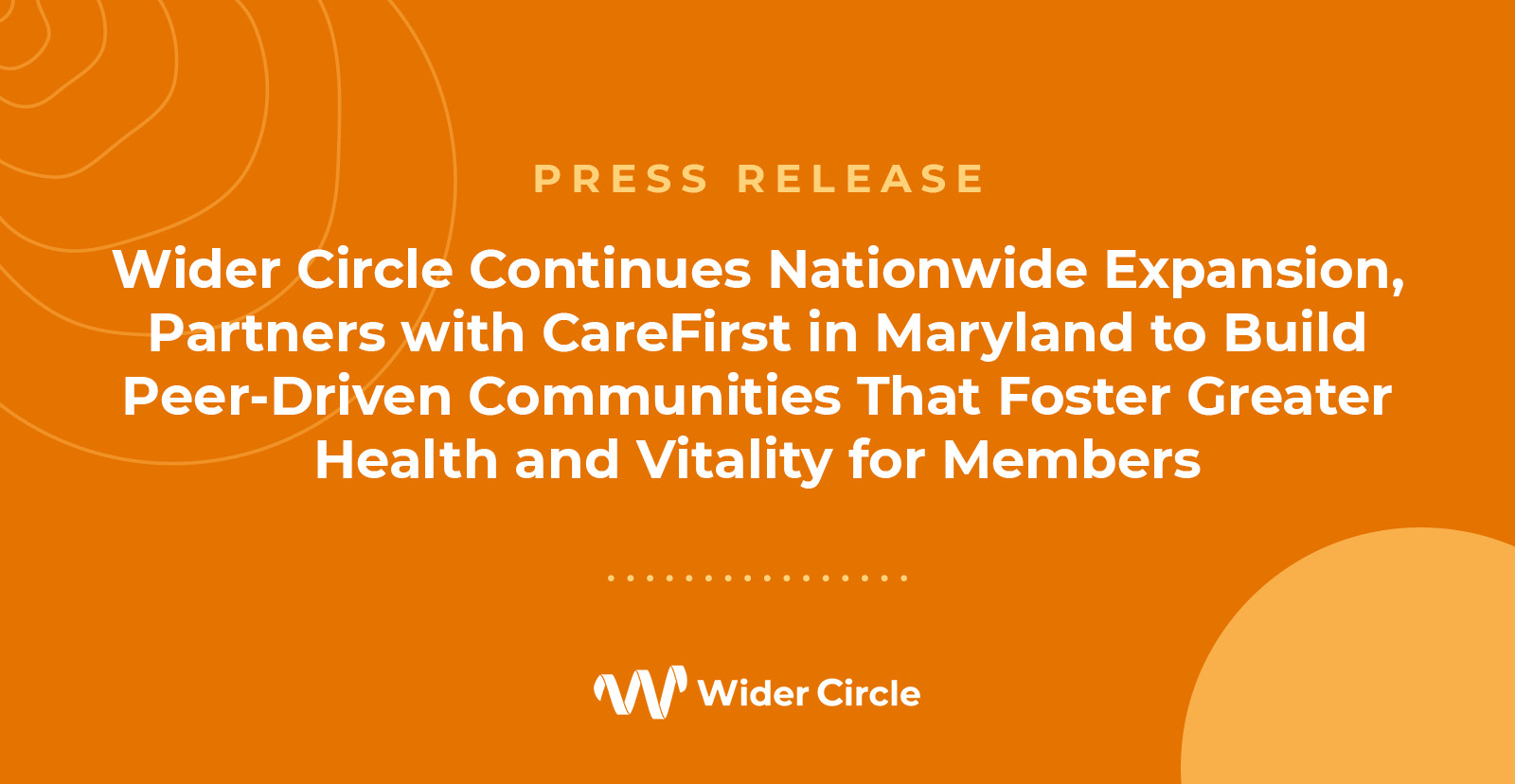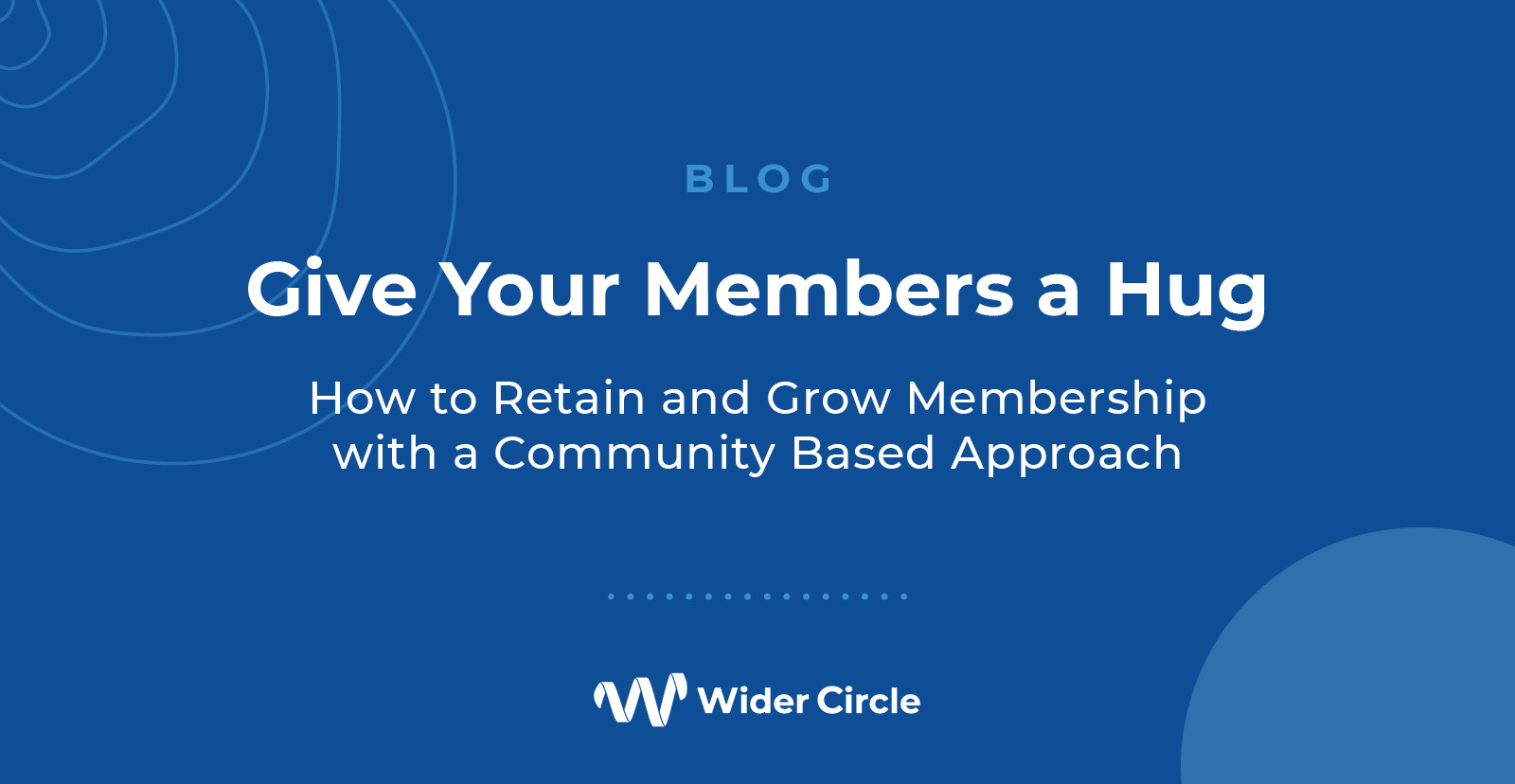
Attaining health equity, where everyone has a fair and just opportunity to achieve optimal health, is a crucial goal (1), however our current reality demands deliberate attention to equity within healthcare delivery. Any approach taken needs to involve addressing societal challenges rooted in historical injustices, contemporary barriers, and the socio-economic factors contributing to preventable health disparities (2).
Apart from the ethical obligation, there are compelling reasons to prioritize an equitable approach in developing and deploying health products. The ramifications of inequitable strategies extend to population health and economics, evidenced by disadvantaged communities grappling with heightened rates of preventable diseases, diminished life expectancy, and subsequently inflated healthcare expenses (3,4). These disparities not only impact individuals but also strain the broader healthcare system, leading to cost burdens passed on to various industry stakeholders (3,4). Beyond healthcare expenses, the societal toll encompasses reduced productivity and increased strain on publicly funded services.
What is the NCQA Health Equity Accreditation?
Recently, the Biden administration launched an equity agenda (5) to ‘allocate resources to address the historic failure to invest sufficiently, justly, and equally in underserved communities, as well as individuals from those communities.” Given the increased focus here, the National Committee for Quality Assurance (NCQA) developed and published their Health Equity Accreditation program to support organizations with this initiative (6).
The Health Equity Accreditation focuses on equipping organizations with the foundations of health equity work:
- Building an internal culture that supports the organization’s external health equity work.
- Collecting data that helps the organization create and offer language services and provider networks mindful of individuals’ cultural and linguistic needs; and
- Identifying opportunities to reduce health inequities and improve care.
The follow up program, Health Equity Accreditation Plus, takes this one step further and is for organizations more advanced on their health equity journey. It focuses on:
- Collecting data on community social risk factors and patients’ social needs, to help the organization offer social resources that can have the most impact; establishing mutually beneficial partnerships that support community-based organizations; building meaningful opportunities for patient and consumer engagement; and
- Identifying opportunities to improve social need referral processes and the partnerships that make them possible.
What does Wider Circle do to support organizations’ health equity accreditation?
Wider Circle has long had a strong and deliberate health equity focus. We are a community health organization that comes to members’ neighborhoods, building trust to engage in places plans and providers can’t reach. We are an extension of health plans that act upstream to address social determinants of health (SDOH), improve outcomes, and lower the cost of care. We create neighborhood networks of members who influence and support one another through data-driven approaches to group members together, helping them maximize their benefits and community resources to live happier, healthier lives. We marry these neighborhood networks with our team of culturally competent community engagement liaisons, hired from the communities they serve, and a network of local community based organizations (CBO’s) who we partner with to address, refer, and close care gaps and SDoH needs. We specifically target key populations of focus that have suffered historic health inequities and have published research on our results (7). Wider Circle is well positioned to help across the 5 core health equity domains that NCQA has codified.
Collection, acquisition, and analysis of community and individual data
Wider Circle maintains a comprehensive list of CBOs with detailed operational insights. Collaborating with plan partners who curate verified CBO listings, we augment these resources to meet the unique needs of our members. Our approach involves gathering comprehensive social risk data at scale through systematic surveys on SDOH administered to members. These surveys cover aspects such as personal finances, food, housing, transport, personal safety, and employment status. By combining this information with claims data, we segment and target high-risk populations within vulnerable communities, addressing individual member needs. We utilize our network of CBOs and member advocates to proactively engage at the community level, striving for advocacy and positive change.
Cross-sector partnerships and engagement
Wider Circle partners with plans and local CBOs to tackle the needs of members. Where there are gaps, we fill them with local staff and community ambassadors (community members with lived and relevant experience who volunteer to help). We exclusively use partners that we have independently evaluated, and our community engagement staff are from the local communities they serve with shared lived experience. Whenever a need is identified we don’t just ensure it is noted, but that action is taken and the loop is closed. With any partner we are collaborating with, clear outcome metrics, roles and responsibilities, and data exchange protocols are agreed upon and documented. We see this as a collaboration as the partner may often have hyperlocal knowledge that will enhance the value of our services. We help improve the overall rating through bringing the plan to members in the community and ensuring their services reach them in the areas they need, tackling the “unable to reach” through building trust with community-based approaches.
Data management and interoperability
Wider Circle has clear protocols around member data, who has access, security settings, and communication and integration of this data into existing systems, with appropriate training for all our staff and compliant electronic device security. We are HiTRUST certified, and any health equity initiatives operationalized through Wider Circle will continue to follow these processes.
Program to mitigate social risks and address social needs
Any partnership with a plan or provider Wider Circle enters into has a well defined project plan with agreed upon scope, documentation, governance, and a commitment and approach throughout that respects diversity, equity, and inclusion (DEI). DEI stakeholders are part of the initial contracting and subsequent implementation process. Annual goals are documented, tracked, and regularly reported and reviewed by partners and their executive sponsorship teams.
Throughout the program, we engage meaningfully with stakeholders through three avenues. Firstly our community engagement liaisons, who are hired from the communities they serve and have hyperlocal cultural competence. Secondly, our member ambassadors, who are former members who have volunteered to help run Wider Circle events and collaborate with our staff and act as an additional conduit to provide feedback on events and member needs where we might otherwise not hear them. Finally, in addition to regularly surveying members, we can meaningfully evaluate the impact on goals through best-in-class scientific studies, the methodology of which has been independently verified by a leading actuarial organization, Milliman (8).
Referral outcomes and impact
Plans will refer members to the services they need, and the referral process should be efficient and tracked. Wider Circle acts as an extension of this to elevate plan performance in this area directly into the community. We have clear, documented, and repeatable processes to get members what they need. We do this in collaboration with the member, getting their consent, documenting it, and managing their expectations. Once we have done this, we ensure the referral event took place and close the loop, again documenting it with our community engagement portal. We can analyze the status of referrals by member demographics to ensure we are not introducing inequities through our approach. While we don’t directly evaluate quality of referrals, we do capture disparities and work to address them on a member and community basis. These germinate organically with members as they create their own preferred networks and this data is shared by members with other members, creating an internal evaluation loop.
In conclusion, we believe our mission and services are strongly aligned to the NCQA Health Equity Accreditation and the overall equity agenda, and can act as a complement to many organizations’ health equity goals. To find out more about Wider Circle and how we might help with your health equity goals with our community-based approach, please reach out to us at Info@widercircle.com.
References
- Centers for Disease Control and Prevention. (n.d.). Health Equity. Retrieved from https://www.cdc.gov/nchhstp/healthequity/index.html
- Robert Wood Johnson Foundation. (2017, May). What is Health Equity? Retrieved from https://www.rwjf.org/en/insights/our-research/2017/05/what-is-health-equity-.html
- Thornton, R. L., Glover, C. M., Cené, C. W., Glik, D. C., Henderson, J. A., & Williams, D. R. (2016). Evaluating Strategies For Reducing Health Disparities By Addressing The Social Determinants Of Health. Health Affairs (Millwood), 35(8), 1416-1423.
- Bush, M. (2018). Addressing the Root Cause: Rising Health Care Costs and Social Determinants of Health. N C Med J, 79(1), 26-29.
- Health Affairs. (n.d.). In Its Health Equity Agenda, Biden Administration Needs Research Focuses On Impacted. Retrieved from https://www.healthaffairs.org/content/forefront/its-health-equity-agenda-biden-administration-needs-research-focuses-impacted
- National Committee for Quality Assurance. (n.d.). Health Equity Accreditation. Retrieved from https://www.ncqa.org/programs/health-equity-accreditation/
- Public Health. (2023). Independent Review of Wider Circle Methodology. Archives of Public Health, 81(1), 32. https://doi.org/10.1186/s13690-023-01117-z
- Milliman. (n.d.). Independent Review of Wider Circle Methodology. Retrieved from https://www.milliman.com/en/insight/independent-review-of-wider-circle-methodology-cfl



